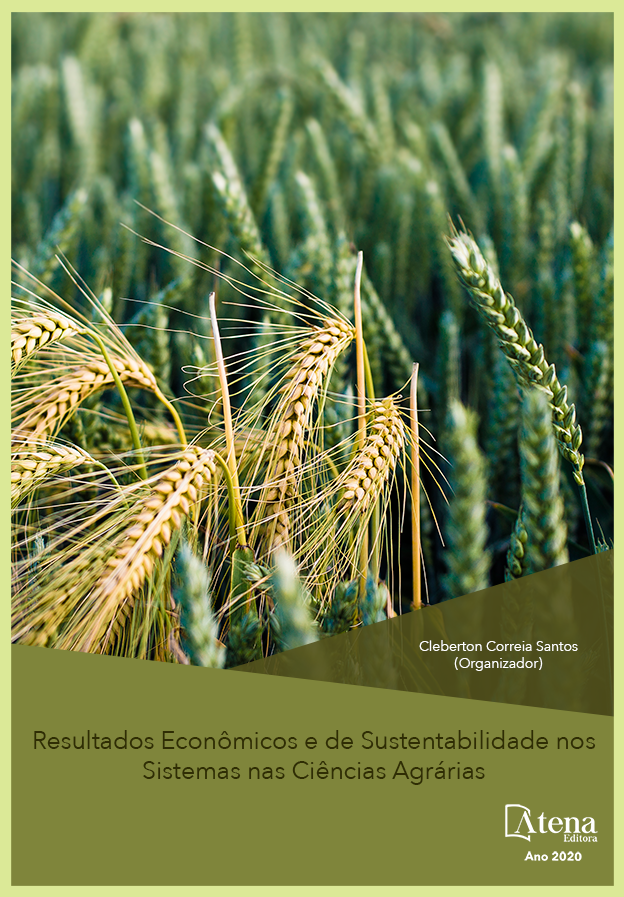
REGIONALIZAÇÃO DA PRODUÇÃO VITIVINÍCOLA DO BRASIL: SUBSÍDIO PARA GESTÃO E PLANEJAMENTO DO TERRITÓRIO
O objetivo do presente artigo foi identificar as antigas e novas áreas da
produção vitivinícola do Brasil, com enfoque na produção de vinhos, na
perspectiva ou a partir do conceito da categoria espaço, cerne da análise
geográfica. Baseado em um recorte espacial denominado região, optou-se por
propor uma nova regionalização das áreas vitivinícolas através da classificação
em três níveis: Região Central ou Consolidada, Regiões Secundárias ou em
Consolidação e Áreas Terciárias ou Dispersas, permitindo assim, oferecer
subsídios para o planejamento e gestão do agronegócio. Indagaram-se as
razões da concentração inicial da vitivinicultura nos Estados do Rio Grande do
Sul, São Paulo e Santa Catarina, sua desconcentração intraestadual, a
expansão em outros estados e o papel da diáspora gaúcha quanto aos
recursos humanos e ao capital. O tipo de colonização italiana de
assentamento, a criação da primeira cooperativa e sindicato de viticultores do
Brasil, condições ambientais, o crescimento de uma classe média, os centros
acadêmicos de excelência e de formação de profissionais especializados, a
evolução tecnológica e a inserção no mercado nacional e internacional
contribuíram para a proeminência da indústria vitivinícola do Rio Grande do
Sul. Concluindo, verificou-se uma dinâmica na geografia da produção com
consolidação de regiões tradicionais e perspectivas de novos
empreendimentos de iniciativa individuais ou empresariais em áreas recentes,
por vezes com suporte do Estado.
REGIONALIZAÇÃO DA PRODUÇÃO VITIVINÍCOLA DO BRASIL: SUBSÍDIO PARA GESTÃO E PLANEJAMENTO DO TERRITÓRIO
-
DOI: 10.22533/at.ed.9992026087
-
Palavras-chave: vitivinicultura, regionalização, gestão, planejamento.
-
Keywords: viticulture/wine producers, regionalization, management, planning.
-
Abstract:
The objective of this article was to identify the old and new areas of wine
production in Brazil. The focus is on wine production, based on the perspective,
or the category of space, which is the core of a geographic analysis. Based on a
spatial cut, understood as a region concept, a new regionalization of the wine-
growing areas is then proposed, classified in three levels: Central or
Consolidated Region, Secondary Region or in Consolidation and Tertiary or
Dispersed, offering subsidies to the territory management and planning. It was
chosen to investigate what are the reasons for the concentration of primary
2
winemaking in Rio Grande do Sul, São Paulo and Santa Catarina State. Why is
there intrastate deconcentration and an expansion to other states. Which is the
role of the gaúcho diaspora as regards as human and financial resources. The
way of Italian colonization which promoted settlements, the creation of the first
cooperative and the winegrowers' union in Brazil, environmental conditions the
growth of a middle class, the academic centers of high quality and training of
specialized professionals, the technological evolution, the insertion in the
national and international market contributed to the prominence of Rio Grande
do Sul in the wine industry. As a conclusion, there is a dynamic in the
geography of production with consolidation of traditional regions and prospects
for new entrepreneurial ventures in recent areas, sometimes supported by the
State.
-
Número de páginas: 23
- Fernando Cesar Barros da Gama


